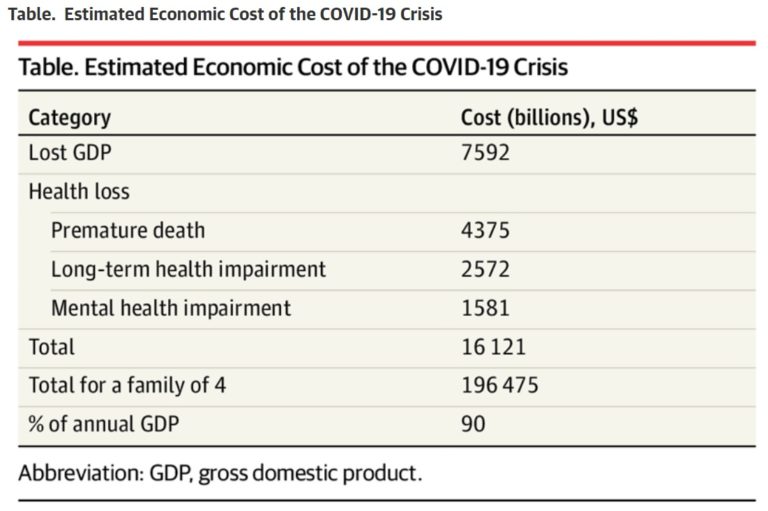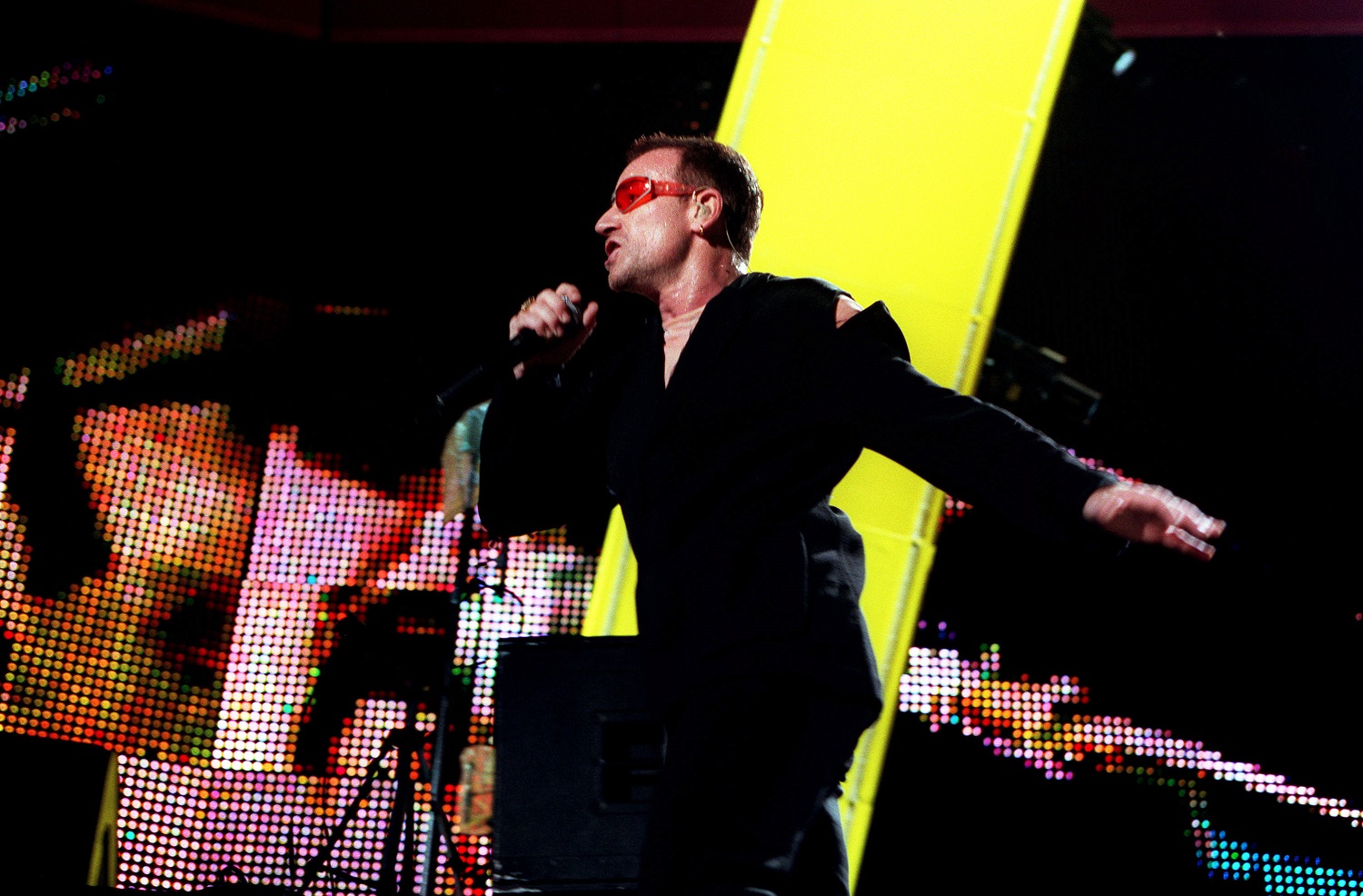We live in times of near-universal connectivity. As a result, almost every major public health issue of global concern has followed the well-worn path of widespread expert endorsement based on the best available evidence + a high-powered advocacy spokesperson, all of which then translates into public support and funding. It is almost the equivalent of Einstein’s Theory of General Relativity – but for worthy causes. Here we are going to look at an especially worthy cause, the need for One Health to achieve global recognition, and show how it might be achieved.
We all know of such efforts which have galvanized significant support both at grassroots, as well as national and local governments, largely because of visible and vocal star power. Throughout the world, political figures, entertainers, sports figures, and experts, old or young, have made big differences for different reasons: Bono and U.S. President George W. Bush for HIV/AIDS, Priyanka Chopra for children and UNICEF, Angela Jolie for refugees and UNHCR, Greta Thunberg and Al Gore for the environment.
How all these people act is in the public eye and can make a huge difference.
Here are a couple of examples that helped change the course of the pandemic – at least in the Caribbean and the United States. When Usain Bolt, the fastest man alive from Jamaica, tested COVID-19 positive, he publicly self-isolated, illustrating what the right course of action is in such cases. Or take Anthony Fauci who throughout the emergency provided objective scientific advice about COVID-19 risks and preventive measures. Both of them hold great sway and effectiveness in motivating action by individuals, communities, government, and the private sector.
Similarly, consider big-time events like the Olympic Games, soon to happen in Japan, the Qatar World Cup, the Euro 2020 taking place in England this Sunday (considered utterly irresponsible by the Germans given the Delta variant outbreak), the just-completed world cricket test championship, America’s baseball world series, or its football’s super bowl. Each of these events draws massive crowds and affects the public’s behavior.
Inevitably, attention is drawn to important factors which are in one form or another at the root of perceived public harm. In the case of COVID-19, we have seen that some major leagues and sports venues have voluntarily imposed social distancing and masks on players and spectators—all to good effect.
Unfortunately, so far there has not been someone or some entity stepping forward in the role of Paul Revere, the American revolutionary hero, and loudly shout “infectious diseases are coming, infectious diseases are coming”, and may come from animals, coupled with drastic changes in the environment. Not only to warn but to show a pathway to significantly mitigate potential harm.
Words that capture a concept are powerful, and in this case, there are two words, namely “One Health”. In simple terms, these two encapsulate decades of scientific study with respect to the interface of human/animal and environmental health.
Yet there is still little integration of these fields. They still operate as silos of knowledge that miss many discoveries that could be realized by full collaboration and close cooperation in the spirit of One Health. If such knowledge had been heard and applied, it might have contained epidemics and pandemics we have experienced this century. And note, regardless of the ultimate determination of the origins of COVID-19, the case for animals being the source of most infectious diseases for humans is irrefutable.
At the time of writing, the real reason why the COVID lab-leak hypothesis is still on the table and entertained by a number of scientists is quite simply that there is not enough evidence (yet) to either reject it or accept it. But nobody denies the likelihood that the coronavirus originated in the animal world, just as was the case with numerous previous viruses. At least 11deadly diseases (including H1N1 influenza virus, Ebola and MERS) are known to have hopped from one species to another.
Realistically, One Health faces very difficult general acceptance hurdles. To start with, it is not easily connected to an individual or a specific widespread affliction. Also, it is more difficult for the body politic and politicians to grasp.
That said, if looked at from the point of view of an investor, the benefits in “buying in” relative to the modest costs would make it more attractive than bitcoins in their finest moment. The impact of even a moderate pandemic on global gross domestic product is estimated by the World Bank and World Health Organization likely to be over 2%. This is not a small number: It reflects huge economic and human costs in comparison to the modest amount of money that could have been usefully spent on prevention and preparedness.
Calculating the costs of any future epidemic or pandemic is speculative, of course, but to give a sense of the orders of magnitude, one study published in the Journal of the American Medical Association in October 2020, co-authored by former Treasury Secretary Lawrence Summers and Harvard University economist David Cutler, put the cost only to Americans from the Covid-19 pandemic at $16 trillion.

Probably exaggerated, but certainly in the trillions.
International organizations like the World Bank, IMF, regional multilateral financial institutions, Africa Union, and bilateral programs have devoted some resources to the One Health concept, but if truth be told, their health priorities have been elsewhere.
There may be signs of change: in June 2021, the Group of Seven developed country world leaders (G7), meeting in the U.K., for the first time officially recognized One health as a priority.
In their G7 communiqué, the G7 health ministers addressed “One Health” as a concept to serve as a framework for intercepting future pandemics that emerge at the nexus of the animal-human-environmental health interface, as crucial in future policy formulation.
Perhaps it is too early to speak of a “seismic shift” in global politics, but it does offer hope going forward that One Health will play a far bigger role in formulating policies dealing with the impact of climate change, optimizing global health and food security through surveillance across the sectors of human, animal, and environmental health.
But while policy acceptance is a concrete and welcome step forward, it’s not enough. It does not garner the attention and support of the public: What reaches people, what moves them emotionally are cultural mechanisms that capture a complex idea, in short, strong story-telling, as was done with the movie “Contagion” with big stars like Kate Winslet, Gwyneth Paltrow and Matt Damon.
One Health needs that type of spotlight, a mega-star and megaphone to take it from the inner circle of expert advocates, and the occasional public discussion, to the next level of awareness and commitment.
Recognition of the policy value of One Health will not translate good intentions into results. What is needed is to translate the G7 communiqué into doing common cause with other countries, such as the Group of 20, is to encourage global agencies and financial institutions to make it an agenda priority. In accomplishing the latter, these agencies can collaborate to identify likely sources of potential pathogens and designing a response that takes into account the effects of climatic change and antimicrobial resistance impacting human health.
However, we also need to recognize that public institutions cannot do it on their own. They need visible endorsement from the body politic. So, this is a cry for help: Who is that someone or are there someones with the vision, courage, and visibility to garner community attention and interest to move One Health to its rightful level of public concern?
Could that global superstar be the hugely respected Angela Merkel, who is soon to step down as Chancellor after two decades? Others, please do not hesitate to come forward: We need to act soon!
Editor’s Note: The opinions expressed here by Impakter.com contributors are their own, not those of Impakter.com Featured Image: Le Popmart in Paris on the day of Lady Di’s funeral. Source: U2Start.com









